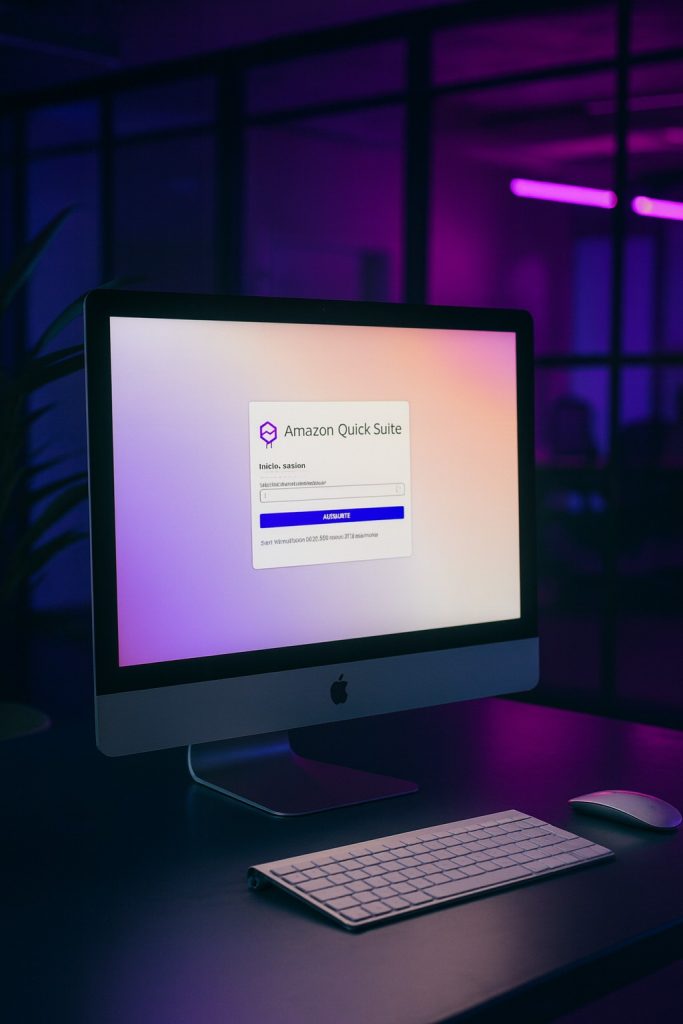
published in:
In the race for digital transformation, enterprises face a critical decision when migrating their systems to the cloud: opt for a quick lift-and-shift AWS approach or invest in a full application modernization?
This strategic choice can determine not only the immediate success of the migration, but also the long-term benefits your organization will derive from cloud computing. At XalDigital, we have guided numerous companies through this decisive process, helping them select the approach that best aligns with their business objectives, budget and timelines.
The lift and shift approach (also known as rehosting) essentially consists of moving your existing applications and systems to the cloud with minimal changes to their architecture. It’s like moving furniture from one house to another without redecorating: the layout remains pretty much the same, only the environment changes.
This systems migration strategy offers significant advantages for certain business scenarios. Primarily, it enables a rapid transition to the cloud, minimizing downtime and reducing the risks associated with deep architectural changes. For organizations that urgently need to abandon their physical data centers due to expiring leases or hardware obsolescence, lift & shift with AWS represents a pragmatic solution.

At the opposite end of the spectrum is application modernization, an approach that involves redesigning, refactoring or rebuilding systems to take full advantage of cloud-native capabilities. This strategy goes beyond simply moving workloads; it seeks to fundamentally transform application architecture and functionality.
Modernization requires a more significant initial investment in terms of time, resources and budget. It also involves greater risk in the short term, as deep architectural changes can introduce unexpected complexities and challenges. For these reasons, many organizations opt for a phased approach, modernizing the most business-critical applications first, or those that will offer the greatest return on investment.
A hybrid approach typically begins with a thorough evaluation of the application portfolio, classifying them according to criteria such as:
Based on this assessment, a phased migration plan is developed that may include:
The decision between lift & shift, full modernization or a hybrid approach must be based on a careful evaluation of multiple organizational and technical factors. At XalDigital we help our clients evaluate these critical aspects:
Time pressure and urgency: If you need to quickly move out of your current data center, lift & shift may be the most viable option in the short term, with a subsequent modernization plan.
Budget available: Modernization requires a higher initial investment but offers significant long-term savings. Lift & shift has a lower initial cost but can be more expensive over time.
Internal technical capabilities: Modernization requires specific skills in cloud-native technologies. Evaluate if your team has these capabilities or if you will need external support such as the one offered by XalDigital.
Strategic objectives: If your primary goal is to simply “be in the cloud,” lift & shift may be enough. If you are looking for digital transformation and business agility, modernization will be necessary.
Current state of applications: Older monolithic applications may be candidates for rebuilding, while newer systems could benefit from less intensive refactoring.
Regardless of the approach you choose, having an experienced partner like XalDigital can make the difference between a successful migration and a problematic project. Our expertise in migration, application modernization and hybrid strategies allows us to guide you every step of the way to a cloud infrastructure optimized for your specific needs.